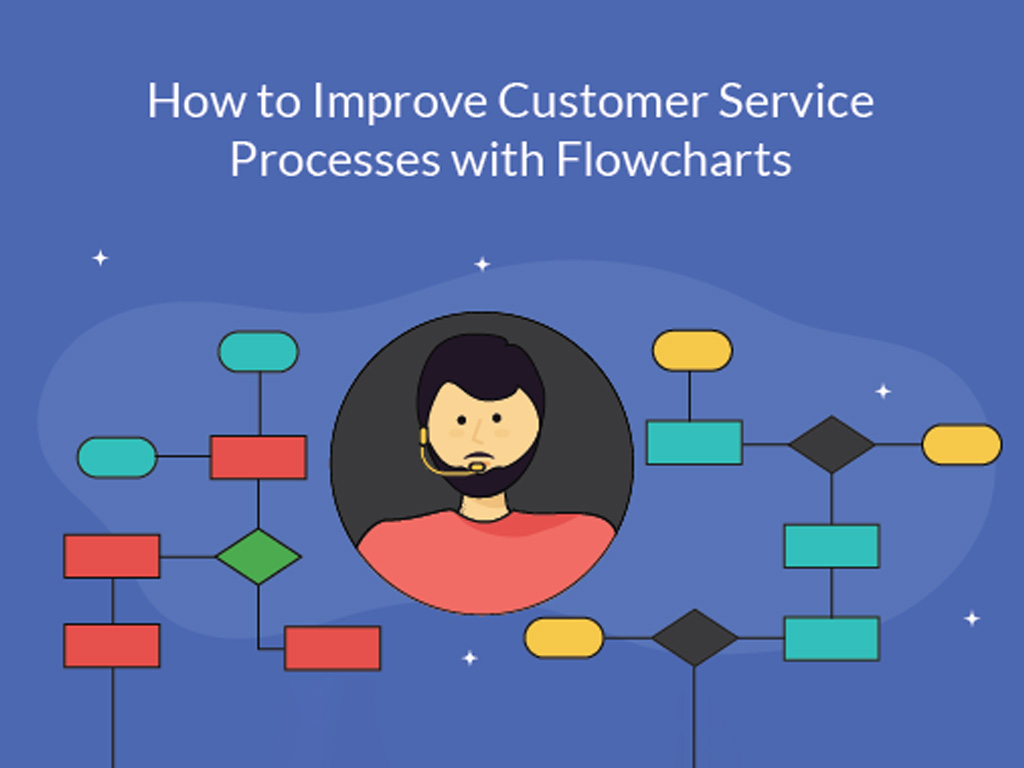A marketing funnel is a model that shows the path that a potential customer takes to purchase a product or service. A marketing funnel is a theoretical customer journey that describes the stages the customer takes to make a purchase. It can be helpful when trying to reach a specific demographic or target group.
If you haven’t created a Customer Journey Map yet, it’s important to do so. This article will go over how to organize your tasks, identify bottlenecks, and use a digital whiteboard to map the steps of your customer’s journey. But before you get started, be sure to read our other articles on creating a Customer Journey Map. We’ll also discuss how to create a Customer Journey Map for your own business.
Customer Journey Map
How Can You Use a Marketing Flowchart to Improve the Experience of Your Customers? Marketing flowcharts are visual representations of customer journeys. It is important to understand the process of how customers arrive at your business and convert into customers. A marketing flowchart will help you determine how to improve the customer experience by identifying the different points where a customer needs help. These flowcharts can be created in a variety of ways, including using both tree-style and branch-style diagrams.
A customer journey map helps you understand the various paths a customer may take once they land on your website. These paths can include browsing products and comparing them to competitors. The next step is to identify the touchpoints of this customer journey, and how they can help your customers reach each goal. Once you know which touchpoints are crucial to your customer journey, you can use marketing flowcharts to better target your marketing efforts.
Using customer journey maps can be a powerful tool for improving your marketing strategy. It helps your brand develop empathy for your customers and identify their specific needs. This knowledge can then be used in your marketing campaigns and high-converting landing pages. When your customer journey map is complete, you can begin working on improving your products or services. The more you understand your customers, the better you can improve your customer service experience.
Once you know the customer journey, you can develop buyer personas for each step of the process. For each stage, write down what actions your customers normally take. This will give you an idea of whether your sales process aligns with your buyer’s journey. You can also update your sales flowchart with changes to your customers’ real-life business. If you use sales flowcharts to understand your customers, they’ll be more likely to buy from you.
Identifying bottlenecks
Identifying bottlenecks in a process flowchart is crucial to the success of marketing campaigns. In the process flowchart, each step of the marketing process is assigned to a resource. A bottleneck resource can either be improved, or it can be moved to another operation.
Sometimes, the bottleneck operation can be shortened by making an employee from another operation perform it. However, it is crucial to determine the best resources to address the bottleneck.
To identify a bottleneck, examine each process in detail. If there are problems that lead to delays, try asking yourself “why?” five times. Then, drill down to the next level until you find the root cause of the problem. For example, if you’re experiencing a delay in job delivery, you might have a problem with your supplier, or maybe the workcenter is backed up.
To resolve the problem, find out what caused the bottleneck in the first place.
In a marketing flowchart, you should identify any process bottlenecks early in the process to prevent them from getting in the way of your goals. A bottleneck may be caused by an increased demand for a particular product or service or a sudden lack of production capacity. In such a case, it may be difficult to see the bottleneck until you start the process again. However, if the bottlenecks are eliminated, the process will move smoothly.
Another way to identify a process bottleneck is to look at how your competitors’ processes work. These companies will know where stress points are in the process and how they overcome them. They can also provide you with valuable insight into how to prevent blockages and overcome bottlenecks. If you’re in a business that sells food, for example, ask your competitors why they don’t offer the same service. Then, if you see that your competitors have a similar problem, see how they solve it.

Organizing tasks
To develop a marketing flowchart that is easy to understand your customers, you must consider customer journeys. Journeys cut across organizational silos and span various departments. Consider the process of opening a bank account. Marketing, operations, credit, and IT all work together to support the customer. It is better to organize tasks on a marketing flowchart based on customer journeys rather than using a traditional linear process. Focusing on 15-20 journeys is likely to yield the most value in the least time.
Using a digital whiteboard
Using a digital whiteboard to understand customers requires a little bit of creativity, but it’s a very effective way to gather insight about your customers. A digital whiteboard is a collaborative tool that helps you generate ideas and share them with your team. Most of these boards work over the internet and are accessible on mobile devices, which means you’ll be able to collaborate with different people, without having to physically be together.
However, in order to make use of the full potential of a whiteboard, you need to practice with it. The most effective whiteboards use proven storytelling models and choreography to help create impactful messages. It also helps to understand the psychology of storytelling. If you’re new to whiteboarding, make sure to practice your presentations on the digital board. Try to make sure you understand why you’re using it.
A digital whiteboard allows for real-time collaboration, allowing you to quickly approve ideas and share documents with the team. It also allows for quick idea analysis and polling. The results of polls are usually calculated quicker than the facilitator’s skills, meaning less time is wasted on evaluating ideas. A digital whiteboard also encourages collaboration and teamwork. If you’re considering using a digital whiteboard to better understand your customers, here are some benefits:
One of the biggest benefits of a digital whiteboard is that everyone can participate. Anyone with internet access can contribute to the whiteboard and add ideas. Traditional whiteboards are difficult to read during a video conference, so digital whiteboards can provide an easy solution for this problem. However, whiteboarding can be a mixed blessing. While it can create confusion and constrict ideation flows, it can also lead to the erasure of some great ideas.
Creating a troubleshooting flow chart
Developing a troubleshooting flow chart for your customer service team can help them identify potential problems and develop alternate steps to resolve them. Many technical issues can be tricky to handle, even for trained call center agents. The troubleshooting flow chart will help your staff deal with these issues more efficiently. If your customers have a technical question, make sure you consult a technical expert or customer support representative before answering the call.
A troubleshooting flow chart helps you to better understand how your customers process your help. Flow charts help you to visualize a process and allow you to zoom in or out to focus on different steps. Flow charts are also useful when training customer support staff. For example, if a customer calls to ask a question about an order, it’s helpful to provide a flow chart that walks through the steps involved.
To help your customers navigate a troubleshooting flow chart, make sure you include all the necessary information about the order in which a particular action will take place. A troubleshooting flow chart can help your team avoid confusion and miscommunication. To ensure a user-friendly experience, ensure that each step in the process has a clear title and brief description. To ensure that your flow chart is visually appealing, consider adding data to your troubleshooting flow chart. You can include a simple quiz to gauge the level of understanding of your customers.
After analyzing the current state of the process, you can improve it. For example, a troubleshooting flow chart can help you determine if a specific step is necessary to resolve the problem. For instance, if you’ve been dealing with a problem for a long time and are unable to find the right solution, you can add a “modify project” button to your troubleshooting flow chart.
Conclusion
In conclusion, utilizing a marketing flowchart is a powerful tool for gaining a comprehensive understanding of your customers. By visually mapping out the customer journey and various touchpoints, businesses can identify critical insights and trends. This approach helps marketers identify pain points, preferences, and behaviors, enabling them to tailor their strategies effectively.
A well-structured marketing flowchart acts as a guide, facilitating data-driven decision-making and fostering meaningful customer interactions. Embracing this approach empowers businesses to connect with their audience on a deeper level, leading to enhanced customer satisfaction, increased loyalty, and ultimately, business growth.
Deepak Wadhwani has over 20 years experience in software/wireless technologies. He has worked with Fortune 500 companies including Intuit, ESRI, Qualcomm, Sprint, Verizon, Vodafone, Nortel, Microsoft and Oracle in over 60 countries. Deepak has worked on Internet marketing projects in San Diego, Los Angeles, Orange Country, Denver, Nashville, Kansas City, New York, San Francisco and Huntsville. Deepak has been a founder of technology Startups for one of the first Cityguides, yellow pages online and web based enterprise solutions. He is an internet marketing and technology expert & co-founder for a San Diego Internet marketing company.



